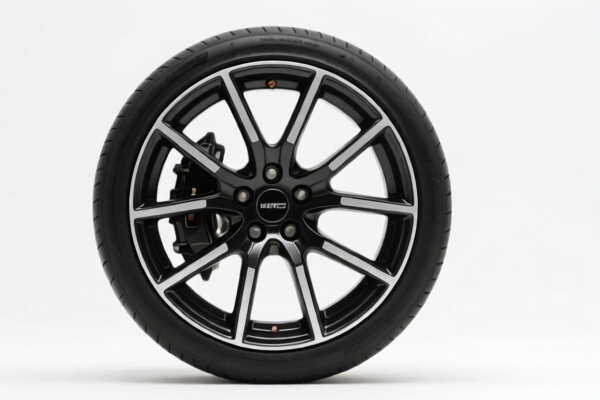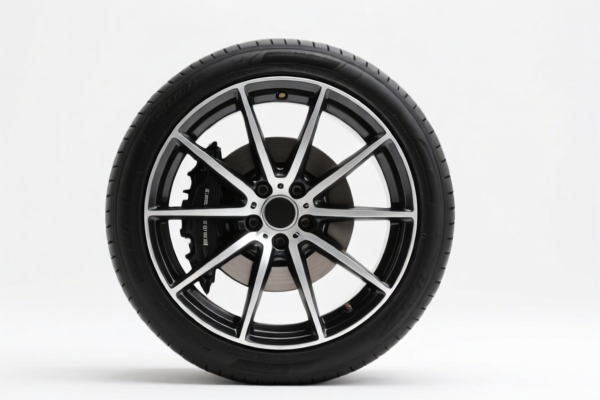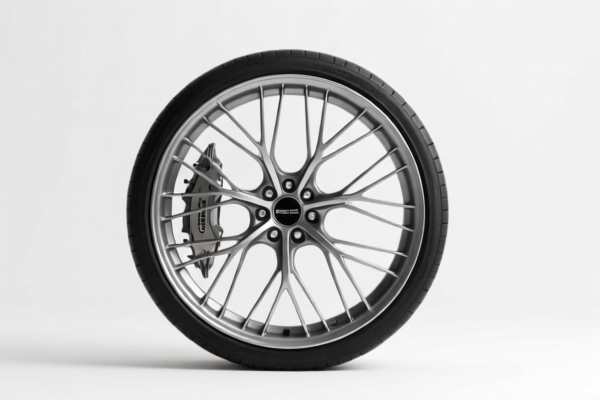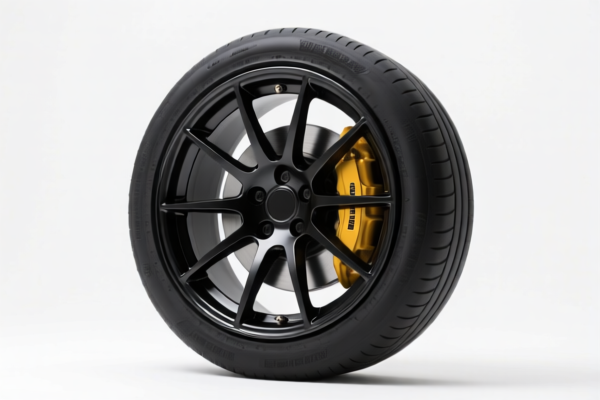| HS Code | Official Doc | Tariff Rate | Origin | Destination | Effective Date |
|---|---|---|---|---|---|
| 8206000000 | Doc | The rate of duty applicable to that article in the set subject t+30.0% | CN | US | 2025-05-12 |
| 8210000000 | Doc | 58.7% | CN | US | 2025-05-12 |
| 8307103000 | Doc | 58.8% | CN | US | 2025-05-12 |
| 8307106000 | Doc | 58.8% | CN | US | 2025-05-12 |
| 8311900000 | Doc | 55.0% | CN | US | 2025-05-12 |
| 8423899000 | Doc | 57.9% | CN | US | 2025-05-12 |
| 8423891000 | Doc | 55.0% | CN | US | 2025-05-12 |
| 9017800000 | Doc | 60.3% | CN | US | 2025-05-12 |
| 9017208080 | Doc | 59.6% | CN | US | 2025-05-12 |
| 9031808085 | Doc | 30.0% | CN | US | 2025-05-12 |
| 9031909195 | Doc | 80.0% | CN | US | 2025-05-12 |
| 8712005000 | Doc | 3.7% <u></u>+55.0% | CN | US | 2025-05-12 |
| 8712004800 | Doc | 66.0% | CN | US | 2025-05-12 |
| 8714930500 | Doc | 55.0% | CN | US | 2025-05-12 |
| 8714930500 | Doc | 55.0% | CN | US | 2025-05-12 |




Ranging Wheel
A ranging wheel, also known as a measuring wheel or odometer wheel, is a device used to determine distance. It consists of a wheel with a known circumference attached to a handle and a meter that records the number of rotations of the wheel.
Material:
- Wheel: Typically made of durable polymers like polyurethane or rubber for traction and resistance to wear. Some models utilize aluminum for lighter weight and higher precision.
- Handle: Constructed from aluminum, steel, or plastic, designed for comfortable grip and maneuverability.
- Meter/Counter: Digital or analog, often incorporating LCD displays for easy reading. Internal mechanisms vary, employing gears or encoders to translate wheel rotations into distance measurements.
- Frame: Steel or aluminum, providing structural support and stability.
Purpose:
The primary purpose of a ranging wheel is to accurately measure distances, particularly in situations where traditional methods like tape measures are impractical or insufficient.
Function:
The wheel rolls along the surface being measured. Each rotation of the wheel corresponds to a specific distance, determined by its circumference. The integrated meter counts the number of rotations and converts this into a linear distance reading, displayed to the user.
Usage Scenarios:
- Construction: Measuring building dimensions, site layouts, and material quantities.
- Surveying: Establishing distances for land mapping and boundary determination.
- Road Maintenance: Assessing road lengths for repair and maintenance projects.
- Landscaping: Calculating areas for irrigation, fencing, and planting.
- Real Estate: Determining property boundaries and lot sizes.
- Golf Course Maintenance: Measuring course lengths and distances between points.
- Event Planning: Laying out courses for races or setting up event spaces.
Common Types:
- Digital Ranging Wheels: Offer precise digital readouts, often with features like memory storage, unit conversion (feet, meters, inches), and the ability to calculate area and volume. These are the most common type currently available.
- Analog Ranging Wheels: Utilize a mechanical counter to display distance. While less precise than digital models, they are generally more affordable and do not require batteries.
- Heavy-Duty Ranging Wheels: Designed for rough terrain and frequent use, featuring larger wheels, robust construction, and enhanced durability.
- Lightweight Ranging Wheels: Prioritize portability and ease of use, often made with aluminum frames and smaller wheels.
- Folding Ranging Wheels: Designed for compact storage and transport, ideal for surveyors and contractors who need to carry their equipment frequently.
Declared Goods: Ranging Wheel
Ranging wheels are measuring instruments used to determine distances. Based on the provided reference material, the following HS codes may be relevant:
-
9017.80.00:
- Chapter 90: Instruments and apparatus which measure or check length, for use in the hand (e.g. measuring rods and tapes, micrometers, calipers), not specified or included elsewhere in this chapter; parts and accessories thereof.
- Heading 80: Other instruments. This code covers a variety of measuring instruments not specifically classified elsewhere.
- Subheading 00: Other. This is a residual subheading for instruments falling within the heading but not further specified.
-
9017.20.80.80:
- Chapter 90: Drawing, marking-out or mathematical calculating instruments (e.g. drafting machines, pantographs, protractors, drawing sets, slide rules, disc calculators); instruments for measuring length, for use in the hand (e.g. measuring rods and tapes, micrometers, calipers), not specified or included elsewhere in this chapter; parts and accessories thereof.
- Heading 20: Other drawing, marking-out or mathematical calculating instruments.
- Subheading 80.80: Other Hand operated input devices which transmit position data to computer processors or displays (digitizers). This code specifically covers hand-operated devices that transmit data to computers, which a ranging wheel may do.
-
9031.80.80.85:
- Chapter 90: Measuring or checking instruments, appliances and machines, not specified or included elsewhere in this chapter; profile projectors; parts and accessories thereof.
- Heading 80: Other instruments, appliances and machines. This code covers a broad range of measuring instruments not classified elsewhere.
- Subheading 80.80.85: Other Other. This is a residual subheading for instruments falling within the heading but not further specified.
Important Note: According to the reference material, HS code 9017.20.80.80 may require verification of whether the ranging wheel is a hand-operated input device transmitting position data to computer processors or displays. If it does, this code is more appropriate.
Customer Reviews
No reviews yet.